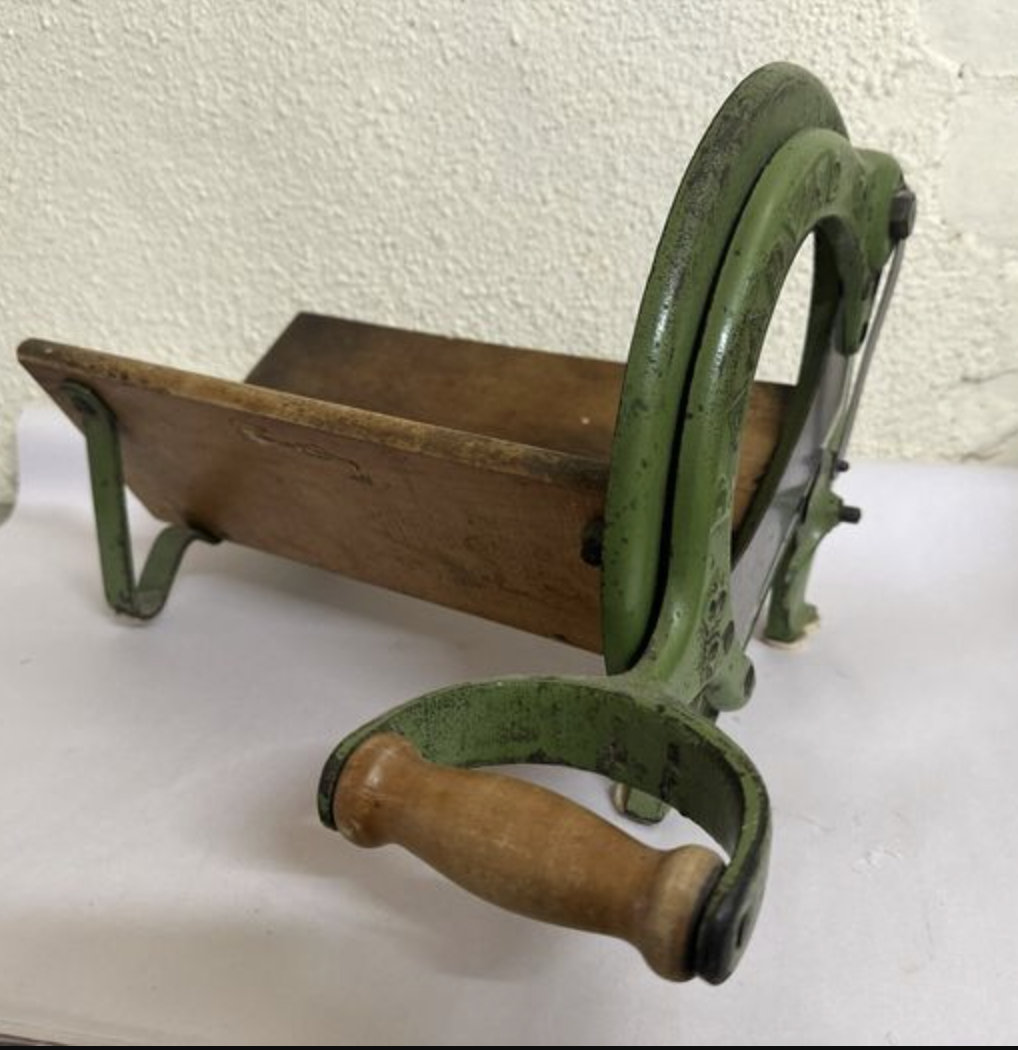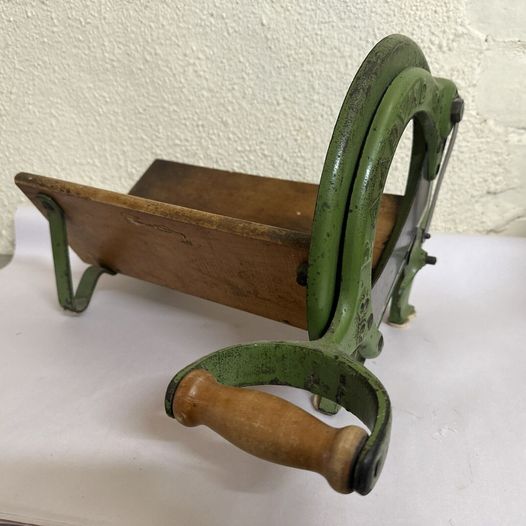The Vintage Bread Slicer: A Slice of History
Do you remember the days when slicing bread by hand was an everyday task? Back then, it often meant uneven slices and a bit of a struggle. But everything changed with the arrival of the first commercial bread slicer in the early 1900s.

Invention and Innovation
This remarkable machine was invented by Otto Frederick Rohwedder in 1928. Otto was originally a jeweler but spent years perfecting his slicing machine. His invention, called the automatic bread slicer, could slice an entire loaf of bread into consistent, thin pieces in just seconds, making it a huge breakthrough.
Rise in Popularity
The baking industry was quick to adopt Rohwedder’s invention. With the ability to slice bread efficiently, bakeries could produce more in less time, meeting the increasing demand of their customers. Soon, the sight of perfectly sliced bread in every home became common, revolutionizing household kitchens everywhere.
Usage and Benefits
One of the biggest advantages of the vintage bread slicer was its convenience. People no longer had to suffer through uneven slices or worry about cutting themselves. Sliced bread also had an added benefit of staying fresher longer, thanks to its reduced exposure to air. It was all about making life a little easier, one slice at a time.
Legacy and Impact
The influence of the bread slicer extends far beyond bread itself. This innovation paved the way for other kitchen tools like the electric toaster and food processor. Its success demonstrated the significant impact that a simple yet ingenious idea could have on our daily lives and the food industry.
Conclusion
Today, the vintage bread slicer stands as a symbol of progress and innovation. It made a significant mark on the way we prepare and enjoy our food, simplifying our routines and inspiring future technological advancements in kitchen appliances. Even though modern technology has introduced new ways to slice bread, the charm and legacy of the vintage bread slicer reminds us of how important innovation is in shaping our world.




